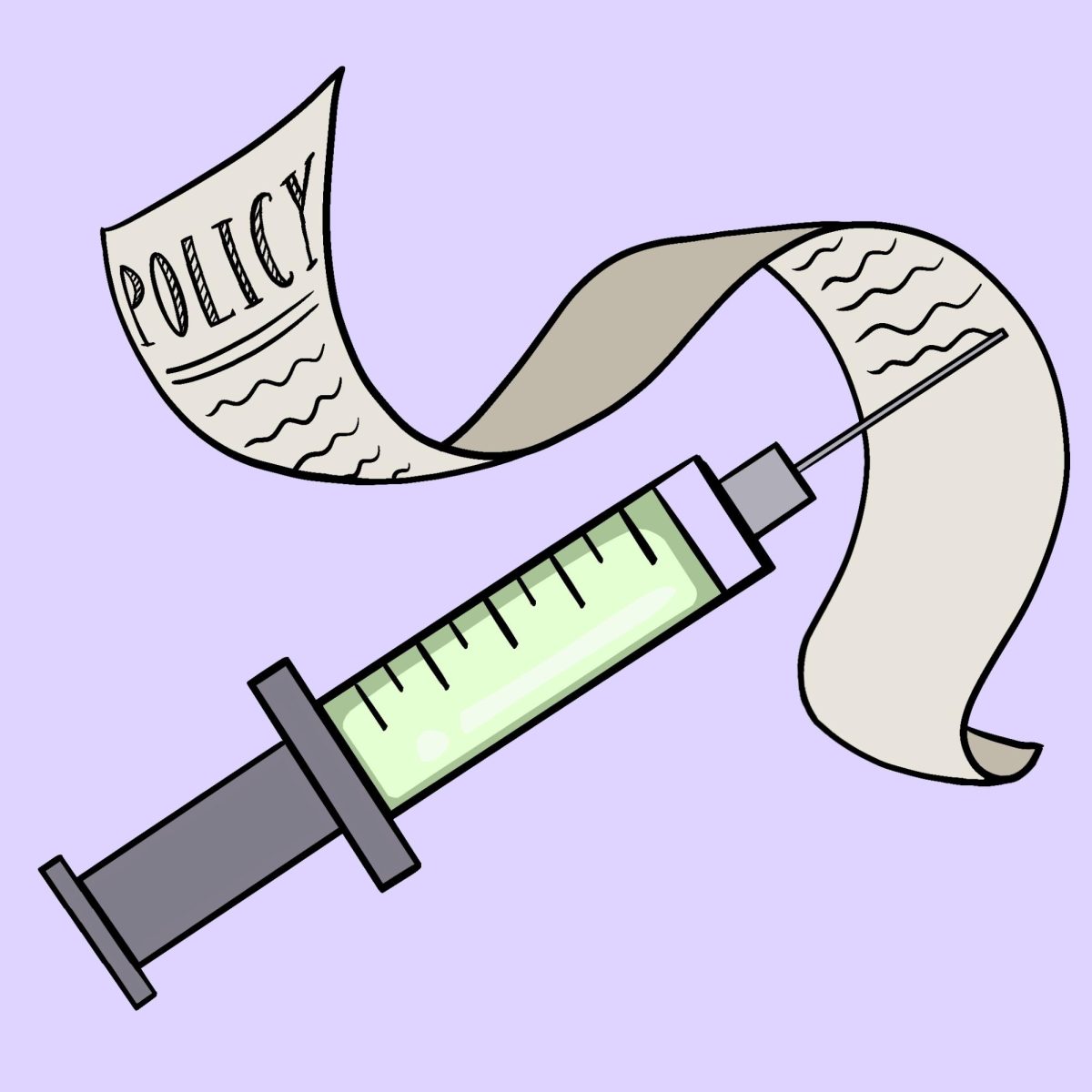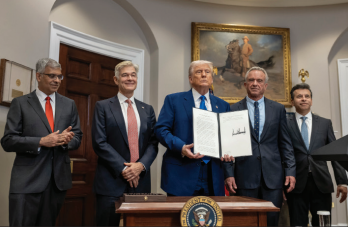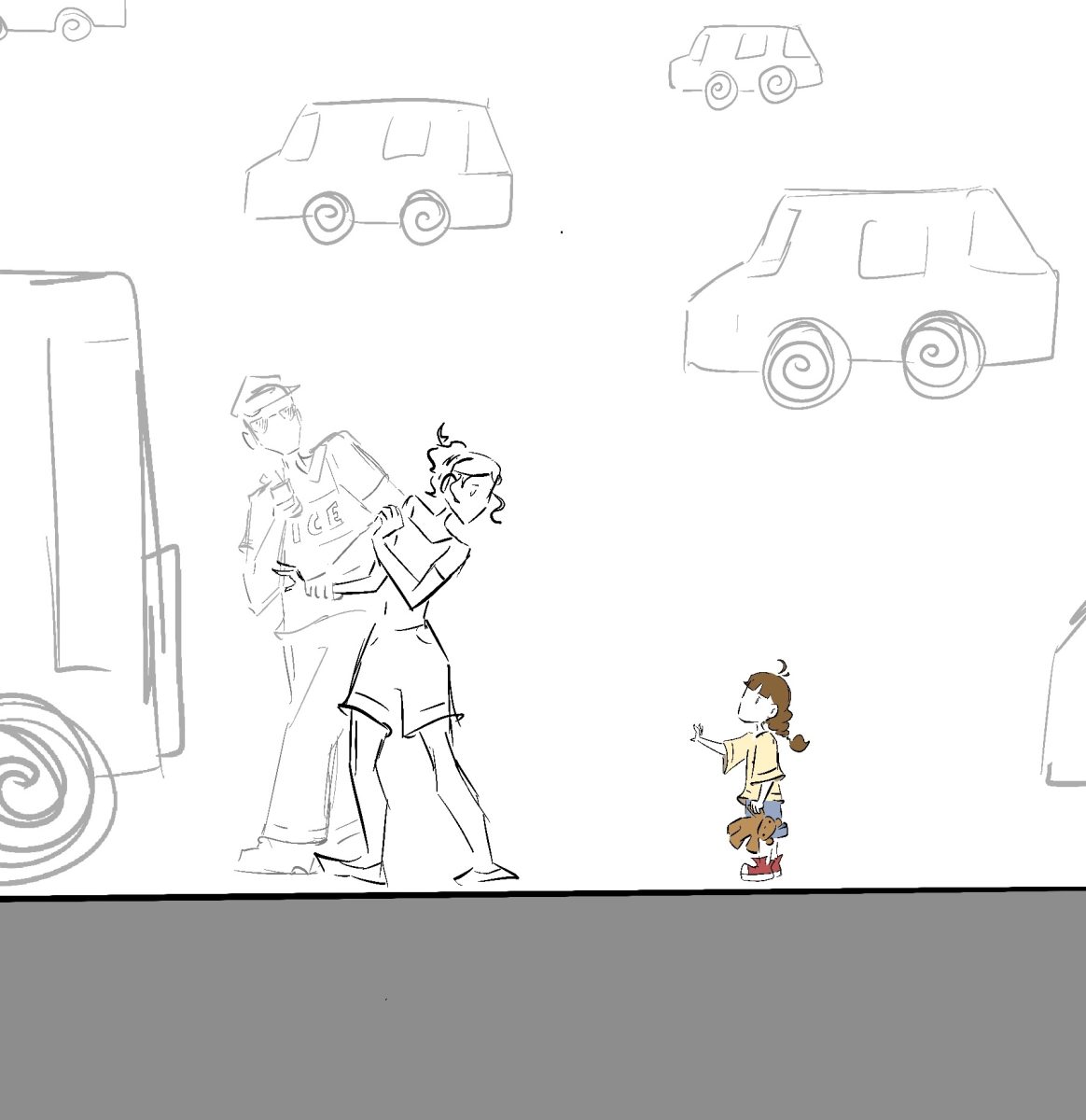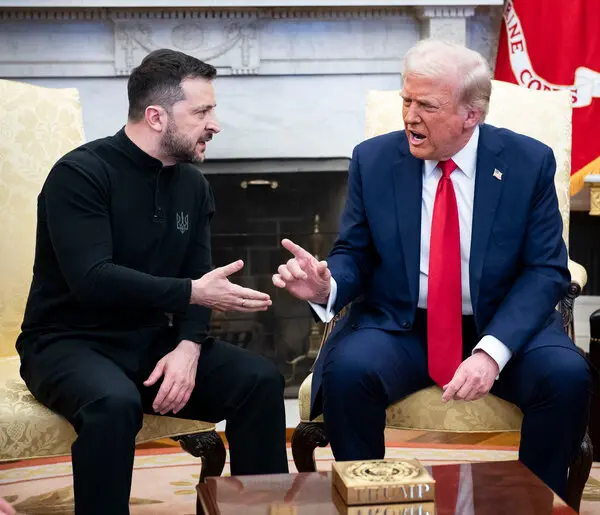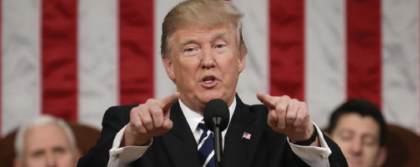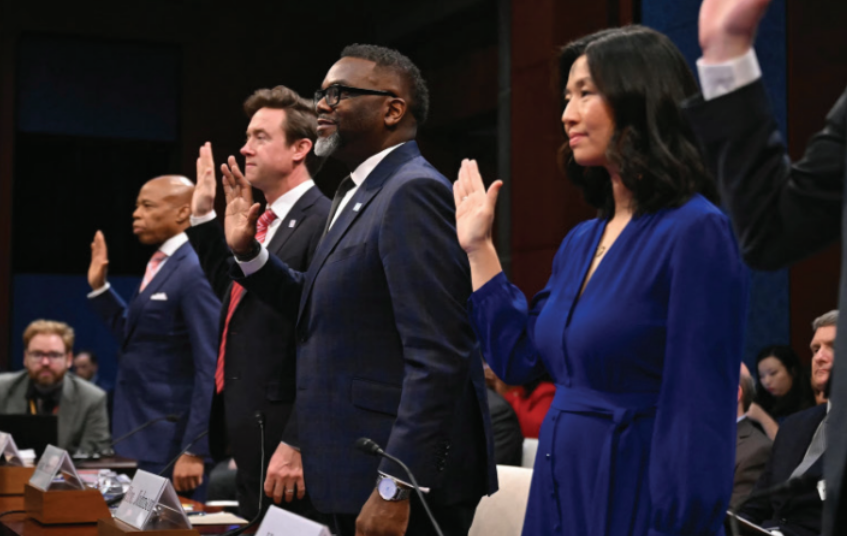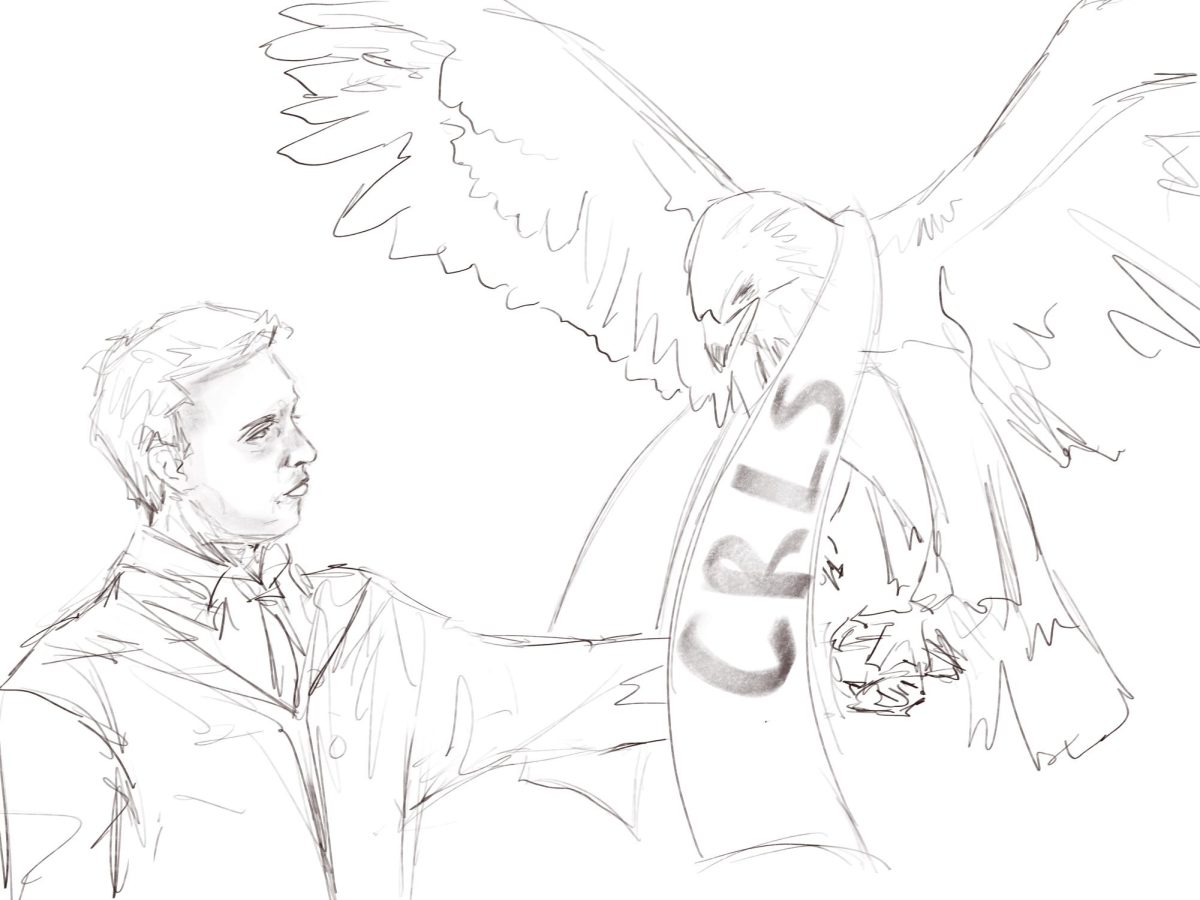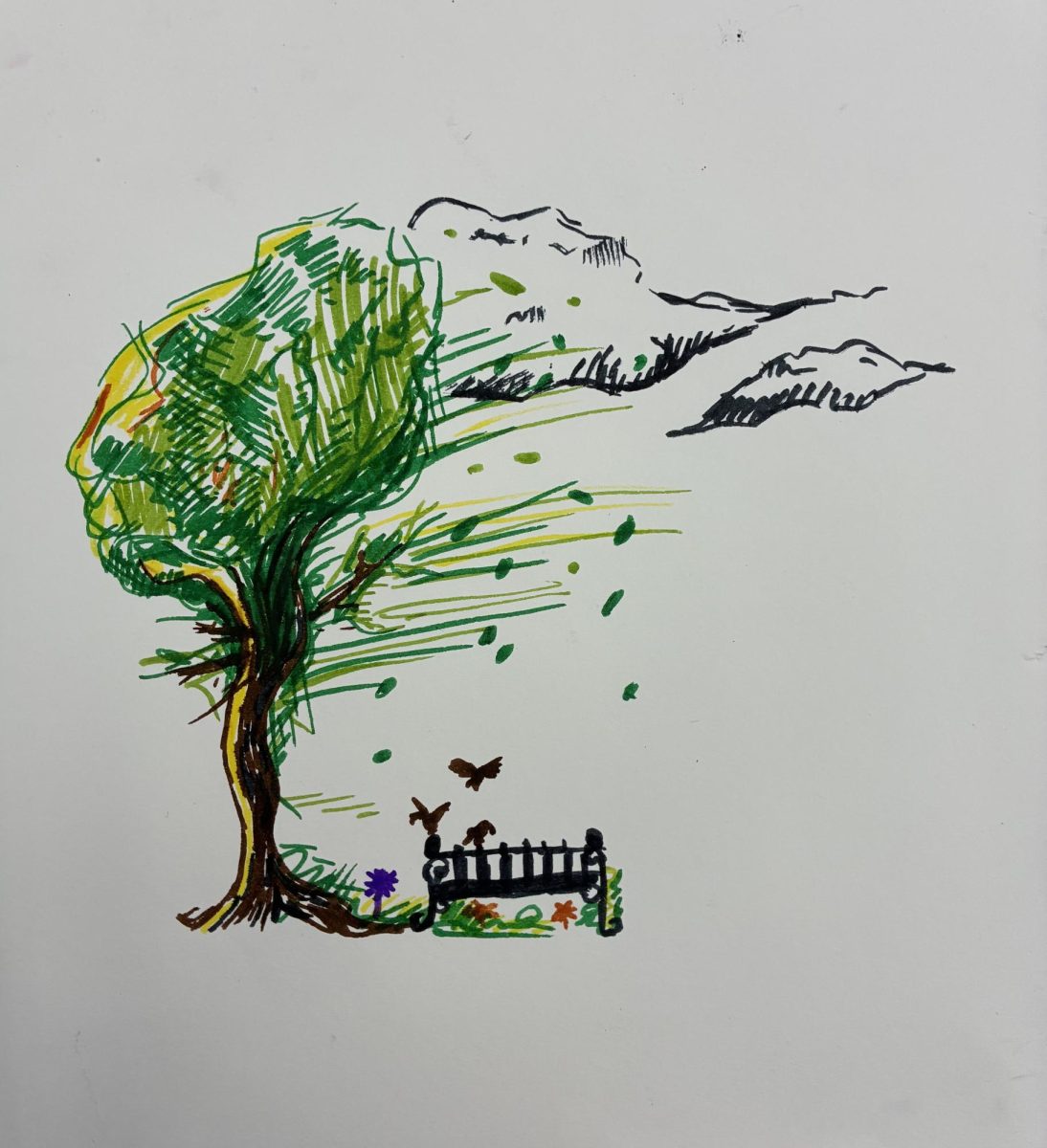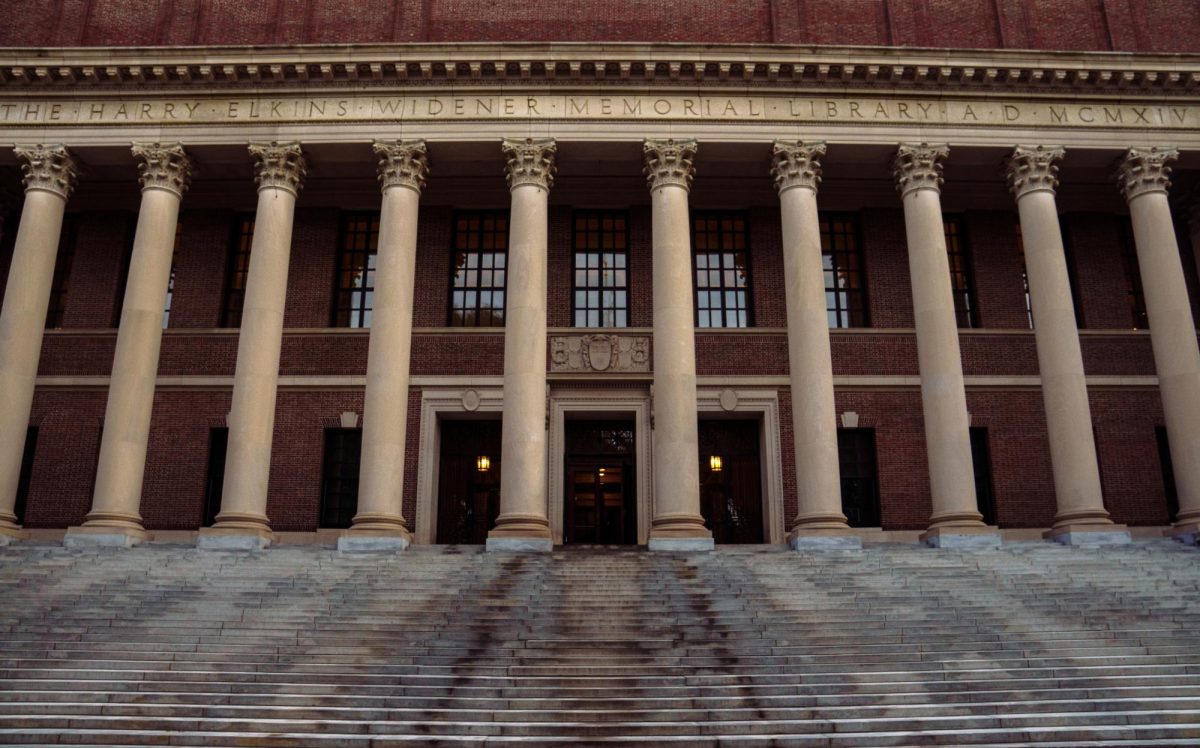
Presidential elections in the United States can get wacky. With an electoral college that already complicates the system, it can be almost impossible to understand the nuances that go into each election. Though not comprehensive, here are some examples of the most absurd elections in this country’s crazy history.
In 1872, Democratic candidate Horace Greely managed to secure 44% of the popular vote but lost the electoral college to Republican opponent Ulysses S. Grant. However, in the time between the public casting their votes and the electors voting in the electoral college, Horace Greely suddenly died. It was the first, and only time thus far in American history that a candidate has died during the election process. Greely’s electoral college votes would go on to be distributed among the other candidates, and, as expected, Ulysses S. Grant went on to become president.
Fast forward half a century to 1948, when the presidential election saw another completely unexpected result. After President Franklin D. Roosevelt died only 82 days into his fourth term as president, Harry S. Truman took over. However, during his time leading the country through the end of World War II, Truman became increasingly unpopular, as did the Democratic party. Come 1948, and no one except Truman himself thought he had a chance of re-election. Almost all the polls in the weeks leading up to election day predicted his opponent Thomas Dewey would easily win. However, as the votes began to be counted on the night of the election, it became increasingly clear that what was expected to be a blowout was actually turning in favor of Truman. In the end, Truman won the election with 303 electoral college votes.
Although this election wasn’t as obscure, 1972 also saw an unforgettable counting of votes. In one of the biggest landslides in presidential election history, Richard Nixon managed to score the electoral college votes of every state except Massachusetts and the District of Columbia. While it’s most likely that a combination of multiple factors led to such a dramatic outcome, one prominent factor was George McGovern’s strong liberal views that many Democratic voters didn’t get behind. Not helping McGovern’s case, Nixon even started a “Democrats for Nixon” campaign that led many Democrats to side with the Republican candidate.
Finally, in contrast to the landslide election of 1972, the election of 2000 saw one of the closest elections on record, coming down to only 537 votes in Florida. Despite TV news programs previously declaring winners, after election night, the state was still too close to call. There were multiple calls for recounts amid rumors of fraud. To further add to the confusion, the infamous “butterfly ballots”—ballots in which voters punched a hole down the middle of the ballot next to the candidate they wished to vote for—led to complications about the validity of the votes, as some of the hole punches didn’t completely go through. In the end, the Supreme Court declared the recounts in Florida unconstitutional, leading to Bush winning the election.
Considering some of the most absurd elections in history provides a glance into the crazy system that is the American presidential election process.
This article also appears in our November 2024 print edition.



